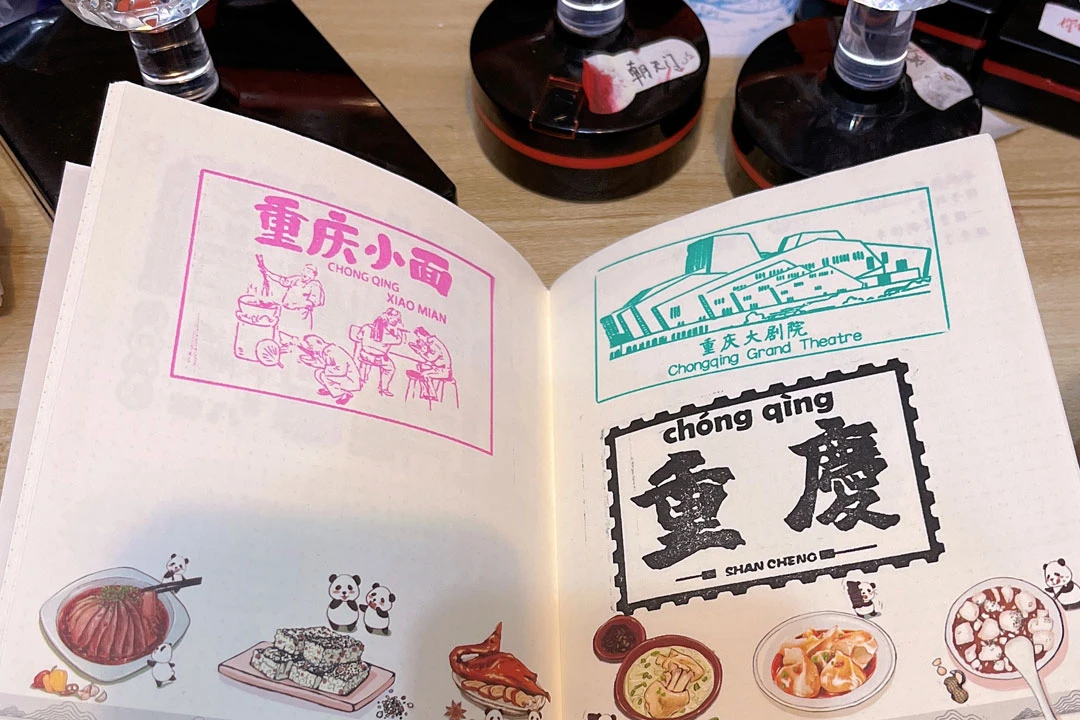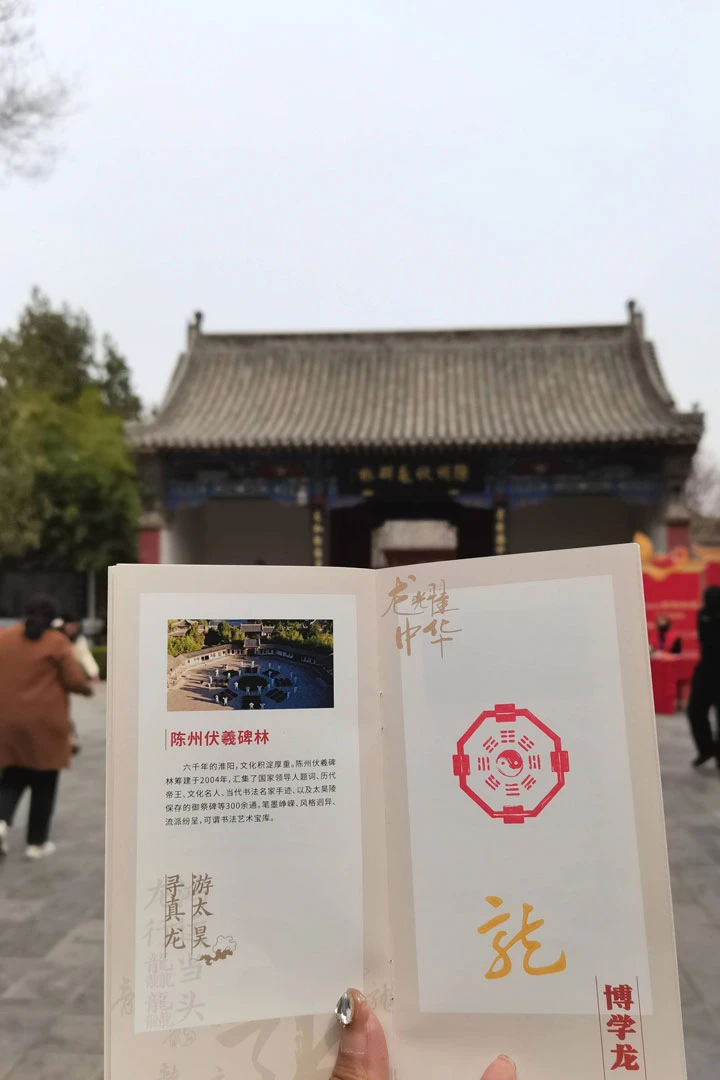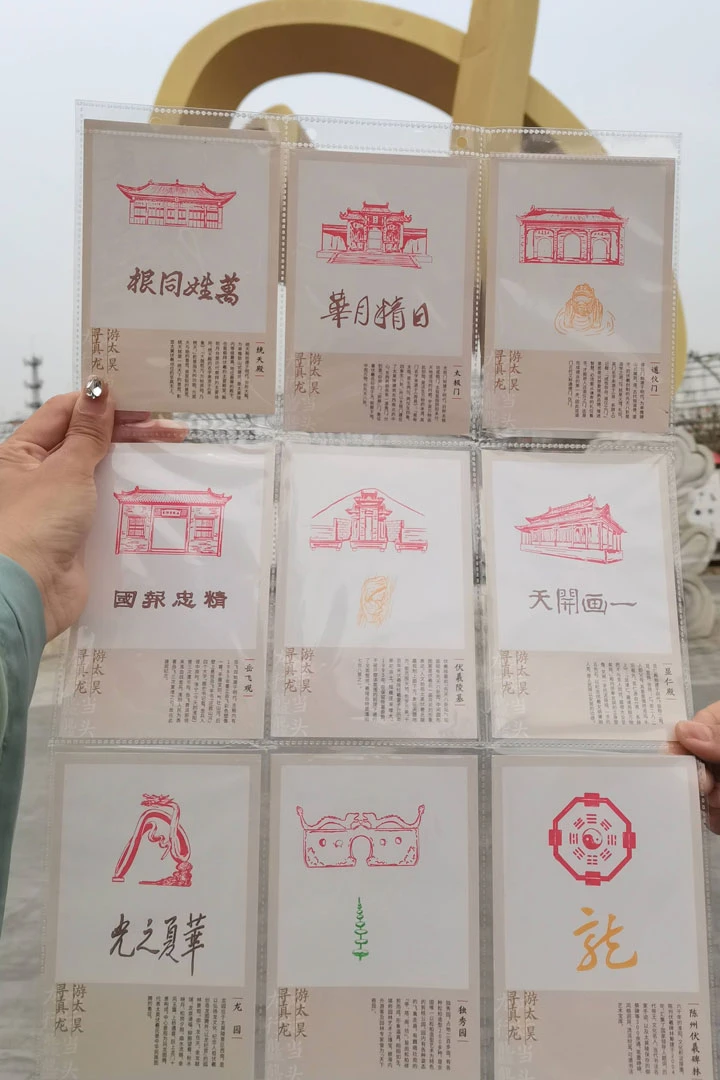The Rise of "Stamp Collecting" in Tourism
In recent years, "stamp collecting" as a tourist activity has taken on a new dimension, captivating the interest of many young travelers. Originally conceived as a way to enrich travel experiences by collecting unique stamps from museums, cultural shops, and scenic spots, this practice has evolved from a quaint hobby into a trend with commercial implications. The charm of collecting stamps lies in their intricate designs, which often reflect the rich history and regional characteristics of a destination. This hobby not only offers a tangible memento but also encourages deeper engagement with local culture, thereby driving tourism-related consumption.
As Zhang Yi, CEO and Chief Analyst of iiMedia Research, highlights, the surge in popularity of travel stamp collecting aligns with current trends and consumer demands, contributing positively to cultural expression and boosting tourism spending. However, this once joyful and nostalgic activity is now facing significant challenges due to its commercialization.
The Shift from Free to Paid Stamping
With the rise of the stamp-collecting trend, many businesses have started charging for the privilege of stamping. What began as a free, self-guided activity has transformed into a commercial enterprise. While this shift helps businesses increase revenue, it also places an additional financial burden on tourists. In some cases, tourists must make a minimum purchase to receive a stamp, as seen in a souvenir shop in Beijing's Nanluoguxiang, where visitors are required to spend at least 38 yuan to get a stamp.
The commercial approach has led to a proliferation of stamping points that often lack originality and cultural depth. Some businesses, in their rush to capitalize on the trend, have introduced generic stamps that do not reflect the unique cultural essence of the locations. Worse, instances of copyright infringement have surfaced, further tainting the authenticity and integrity of the stamping experience.
Returning to the Original Spirit of Collecting
The commercialization of stamp collecting prompts an essential question: What was the original intent behind this activity? The purpose of collecting stamps should be to immerse oneself in the local history and culture, not merely to gather as many stamps as possible or to succumb to commercial pressures.
To address these issues, several measures are needed. First, regulatory bodies should enforce stricter oversight and guidelines for stamp-collecting services to prevent them from becoming overly commercialized. This would help maintain the enjoyment of collecting without making it a financial burden. Additionally, there should be a crackdown on intellectual property violations to safeguard the rights of original designers. Businesses must focus on creating stamps with genuine cultural and historical significance, reflecting the unique attributes of each locale.
Embracing Cultural Integrity and Authenticity
For the stamp-collecting trend to flourish in a meaningful way, it is crucial that businesses and tourists alike embrace the core values of this activity. Businesses should prioritize designing stamps that celebrate local heritage and traditions, rather than jumping on the bandwagon of generic designs. This approach will enrich the travel experience and foster a deeper appreciation of the culture.
Tourists should also approach stamp collecting with a balanced mindset. It is important to seek out stamps that offer genuine cultural insights rather than simply accumulating them for the sake of it. By focusing on the cultural value and authenticity of the stamps, travelers can enhance their overall experience and contribute to preserving the integrity of the tradition.
Conclusion: Cultivating a Cultural Appreciation Through Stamp Collecting
The phenomenon of "stamp collecting" in tourism represents a novel way to engage with local culture and history. However, as it becomes increasingly commercialized, it is essential to return to its original purpose: to foster a meaningful connection with a destination's heritage. By supporting original designs, adhering to ethical practices, and maintaining a genuine interest in cultural exploration, both businesses and travelers can ensure that stamp collecting remains a valuable and enriching activity.
In summary, while "stamp collecting" continues to evolve, it is crucial to preserve its cultural essence. By addressing commercialization and focusing on authenticity, we can safeguard the integrity of this unique travel experience and ensure that it continues to offer both educational and sentimental value to those who partake in it.



